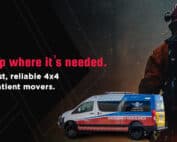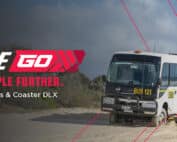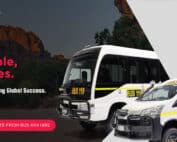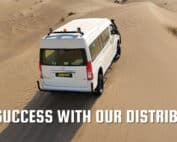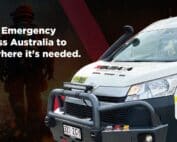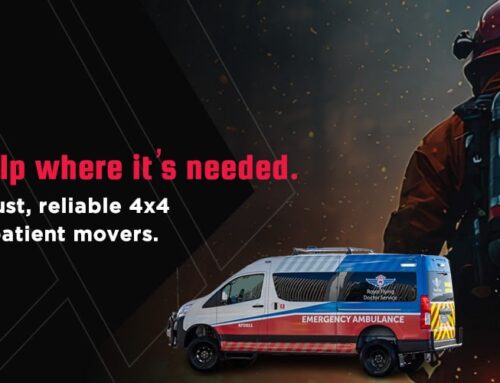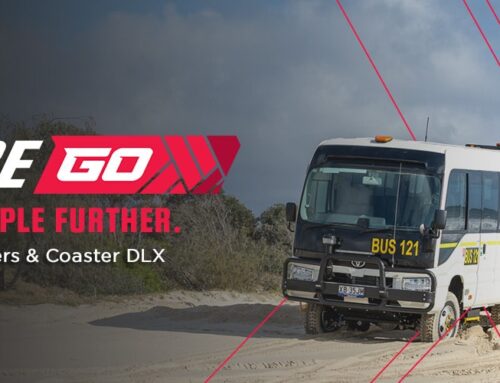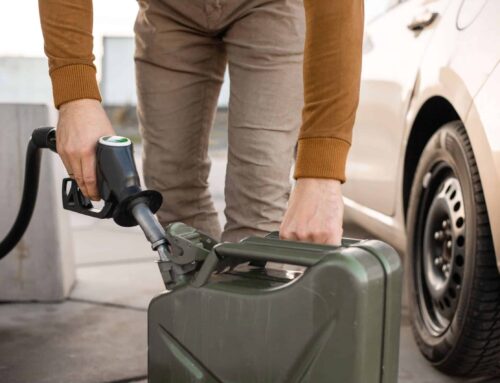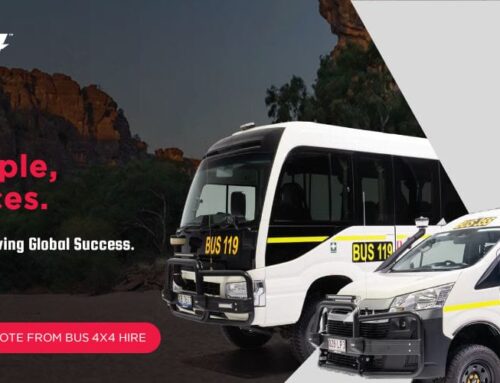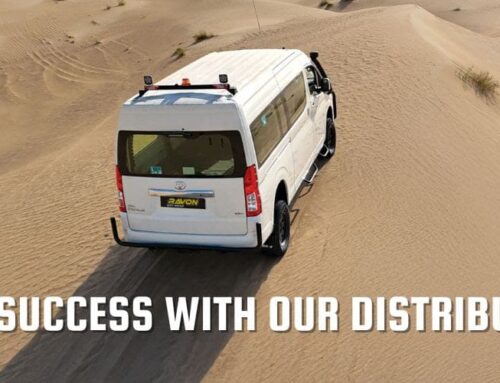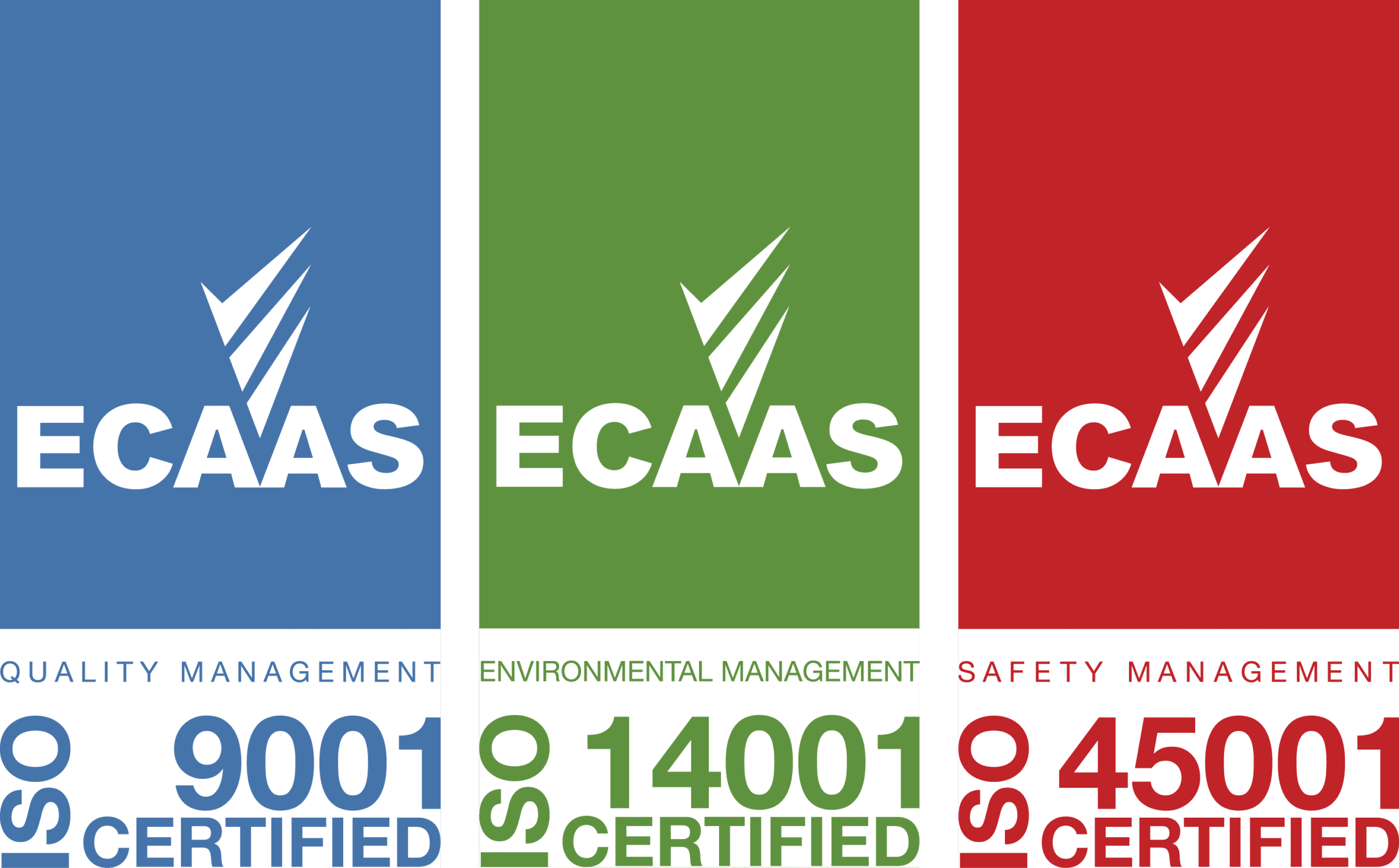When people start talking about their 4×4 wheels and tyres, do you get confused? Do the terms profile or offset have you scratching your head? Have you managed to make head or tail of what they say?
Which brings us to the question of what wheels/tyres do we use on our 4×4 conversions? Read on as we explain a few terms throughout this article.
First, let’s start with the wheel or the rim. There are essentially two types of 4WD rims, Alloy and Steel.
What’s the difference between Alloy and Steel Wheels?
Alloy and steel rims are easy to tell apart. These days almost all 4×4’s have alloy wheels which are usually silver/grey, shiny and look nice. Steel wheels are often painted black, and some people use wheel covers to make them look appealing.
At Bus 4×4, all our wheels are steel. We retain the Toyota factory steel rims for 16” tyres in the Hiace or 17.5” in the Coaster. We offer super-single 19.5” in the Coaster. Steel rims can be generally tapped (or bashed) it back into shape if deformed while alloys cannot. So, it makes sense to use steel wheels in our 4×4 conversions.
Stud Pattern
Stud pattern of a rim is how many nuts you must undo to change your tyre. Hiace has 6 studs while the Coaster has 5 studs.
Rim Size
The size of your rim is measured usually in inches and is made up of two parts. The diameter and the width. So, when we say 16 x 7, it means that the diameter is 16 inches, and the width is 7 inches.
Rim Offset
Rim offset is a measure, in millimetres, of the distance between the hub of your rim (where it mounts to your vehicle) and the centre line of your rim. Imagine you’re looking straight at your tyre as it’s rolling towards you. You’re looking at the tyre tread. Imagine a line drawn from top to bottom, splitting the tyre in two, length-ways. The offset is how far away your hub is from that centre line.
There are three kinds of offset.
- Positive offset – A positive offset means that your hub sits outside the centre line of your rim. Effectively this pulls your tyres back in towards your vehicle. It also makes the rim appear ‘flatter’ from the outside.
- Zero offset – A zero offset means that your hub sits exactly on that centre line of your rim.
- Negative offset – A negative offset means that your hub sits inside the centre line of your rim. So closer to your car. This effectively pushes your tyre out away from your vehicle giving your car a wider stance. Your rim will appear more ‘bucket-like’. Or hollow.
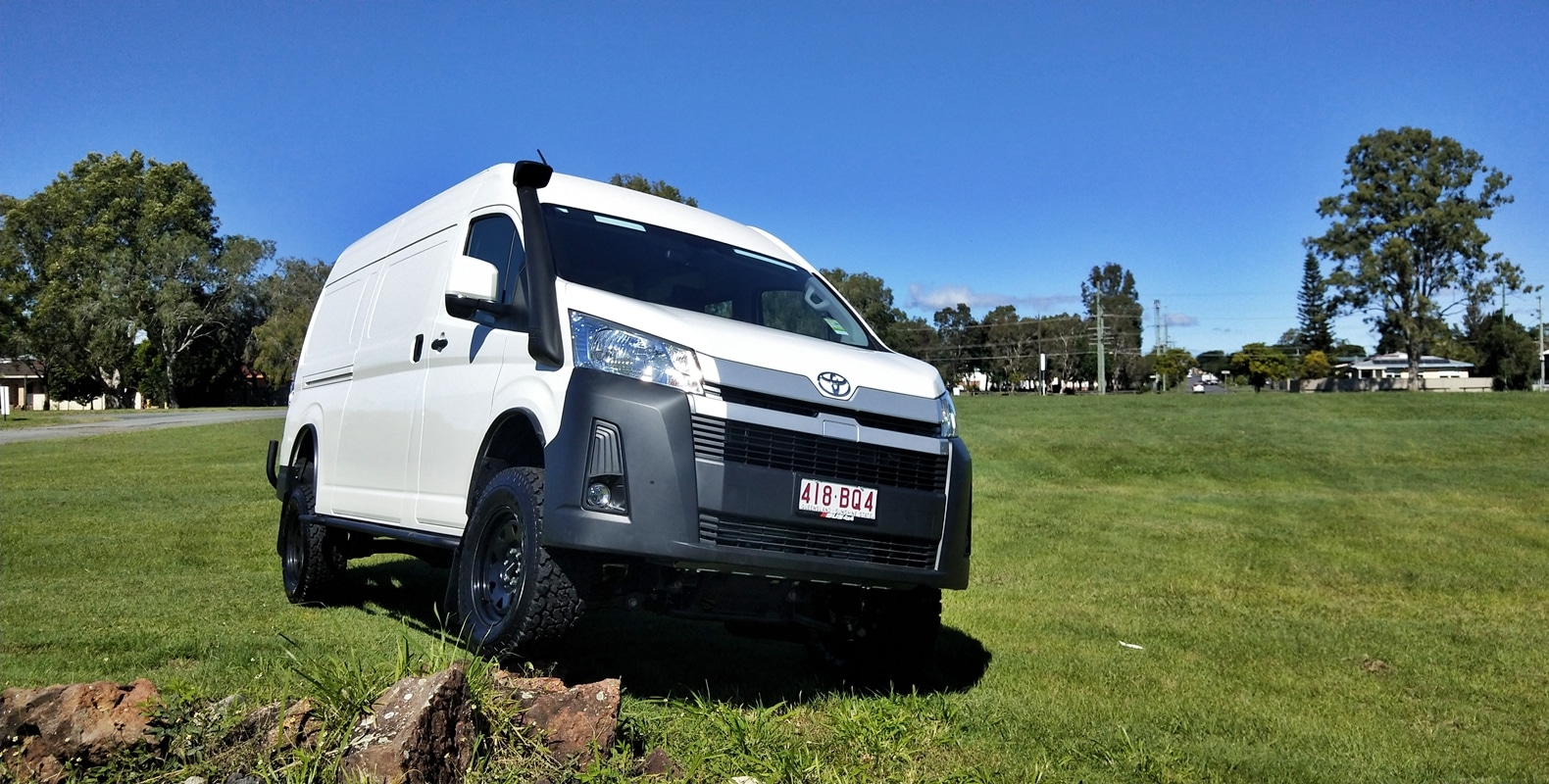
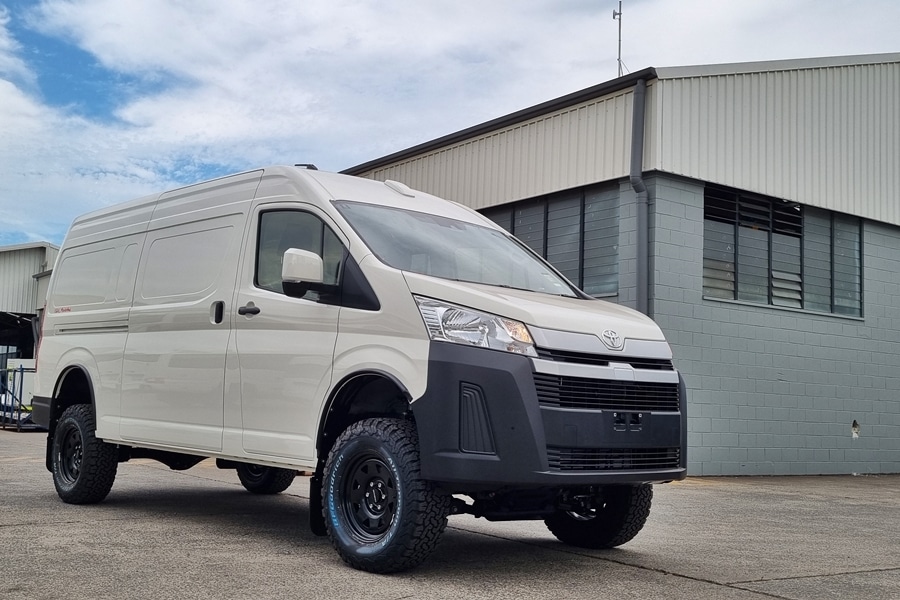
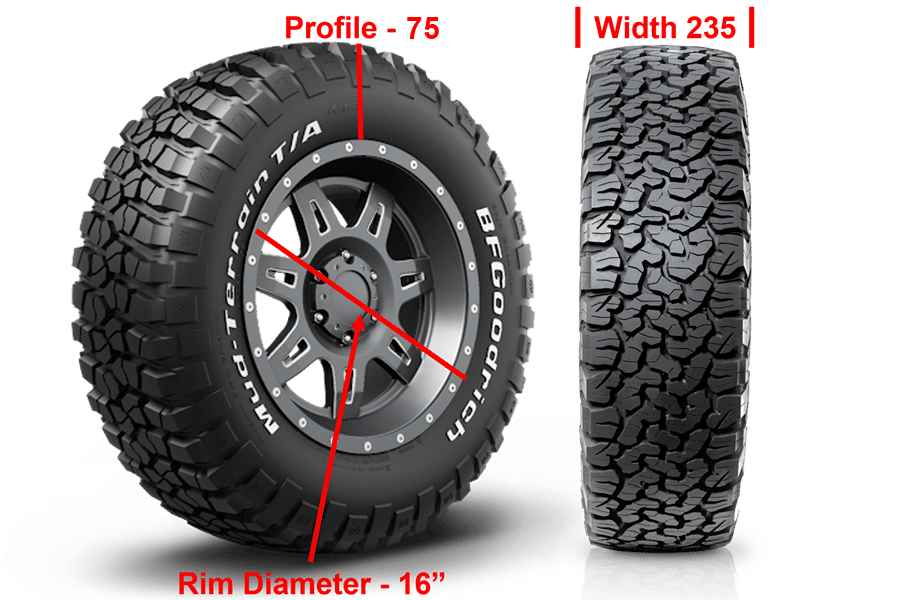
Next are the tyres. Tyres are measured in a couple of different ways; imperial (inches) and metric (millimetres). When you see an example of a tyre we use on Hiace such as 235/75 R16, it includes the width of the tread, sidewall size and rim size. Check the illustration above:
- 235 is the width of the tyre in millimetres
- 75 is the height of the sidewall as a percentage of the width of the tyre. Otherwise known as the Aspect Ratio
- R16 is the size of the rim it will fit in in inches
Tyre Tread and Tyre Designs
Four Wheel Drive tyres basically come in 3 different types:
- Highway Terrain (H/T) – Generally designed for 90% Road/10% Off Road
- All Terrain (A/T) – Generally designed for 60% Road/40% Off Road
- Mud Terrain (M/T) – Generally designed for 15% Road/85% Off Road
Highway Terrain (H/T):
These are used for mainly highway driving and not fitted in our 4×4 conversions
All Terrain (A/T):
We use All Terrain tyres on all our 4×4 conversions. This type is generally stronger and has more aggressive tread patterns with larger lugs which help to “clean” of debris and mud that can build up between the lugs.
Most A/T tyres will also have rounded shoulders which is better in the sand because it tends to dig in less. Because of the lugs design and being a generally stronger tyre, they are less resistant to puncture and can be deflated lower which is a requirement in difficult terrain. Although A/T tyres have more road noise, they are the most ideal option for off-road dabbling.
Mud Terrain (M/T):
We do not use Mud Terrains on our 4×4 conversions.
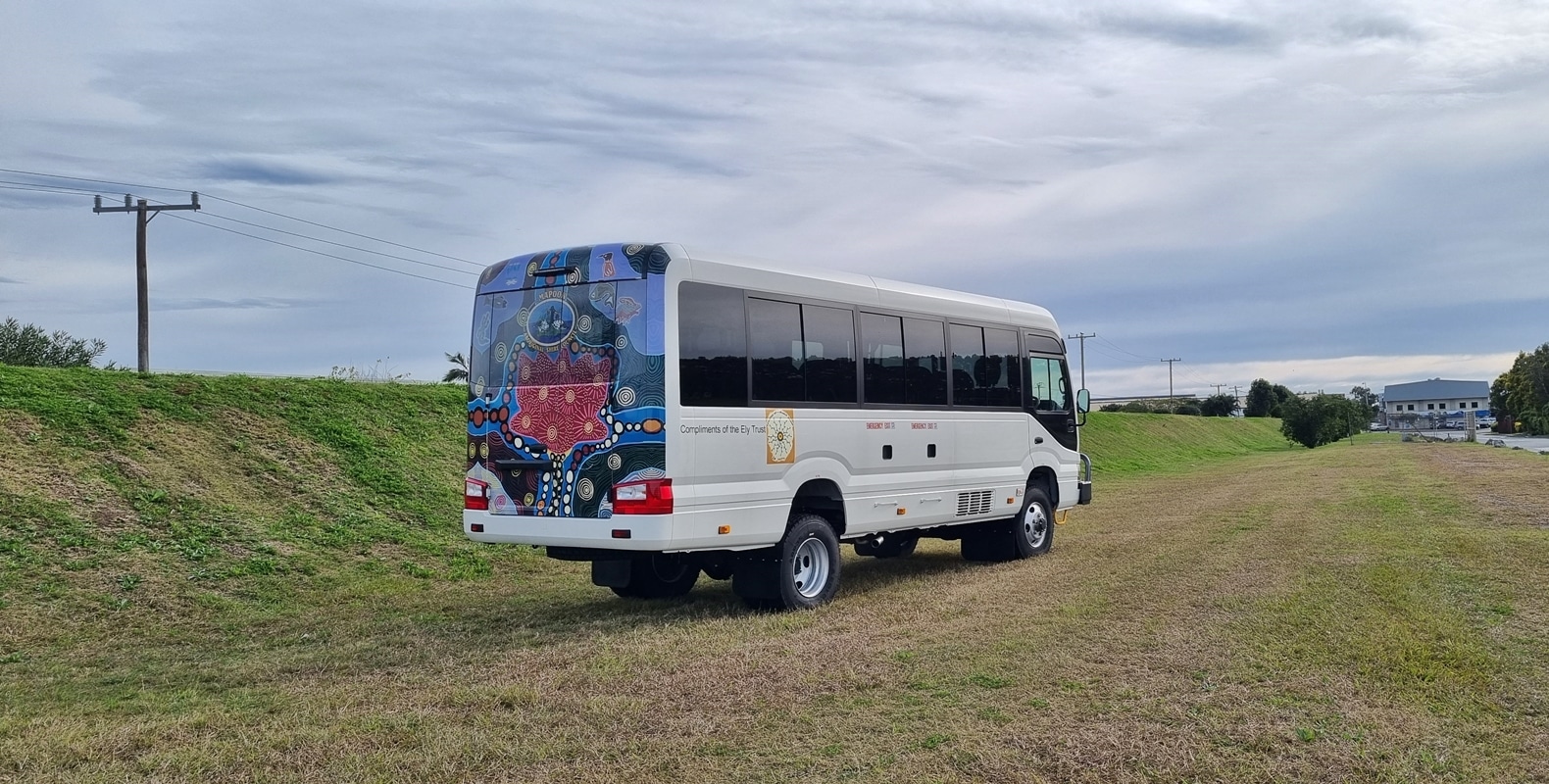
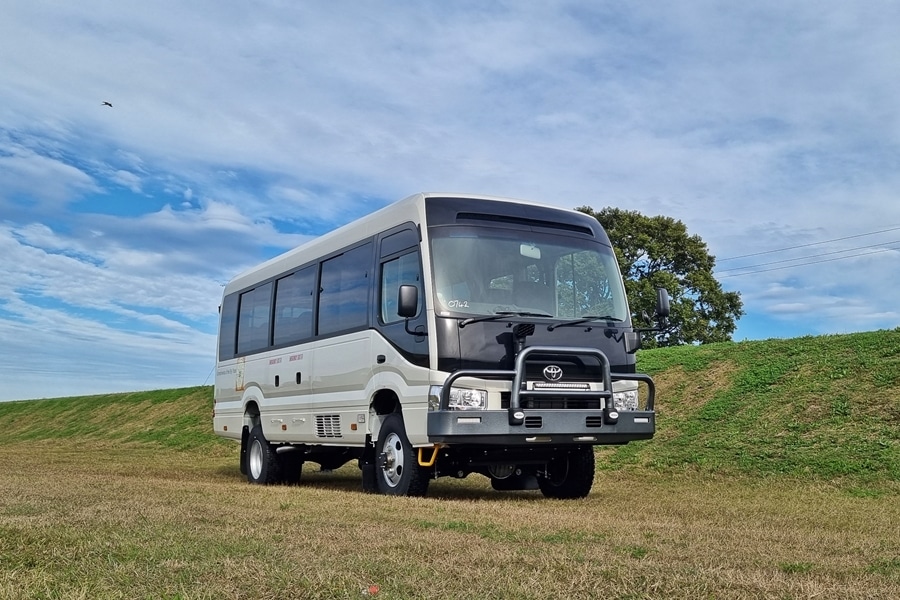
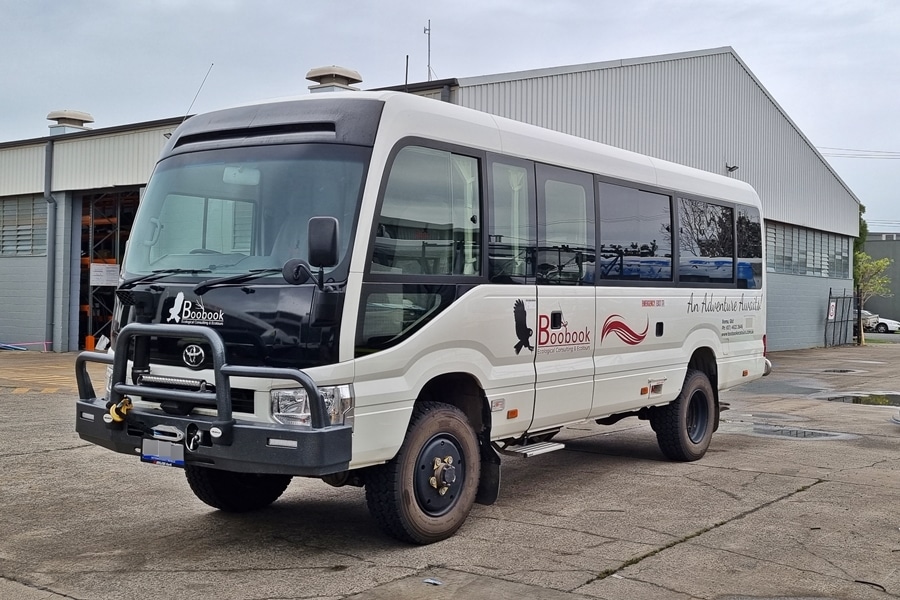
Tyre Talk
Some words you will hear when people talk about tyres:
- Carcass – Tyre carcass is the black bit; including the tread, sidewall, steel belts if there are any and everything else
- Tread – This is the bit that keeps you stuck to the road. There are all different kinds of tread for all different types of terrain
- Sidewall – This is the side of the tyre. The bit people kick when they are referred as “tyre kickers”. This is the part that keeps the tread away from the rim
- Bead – This is the part of the tyre that meets the rim. You’ll hear people talking about popping the bead off the rim. This basically means that their tyre has come off the rim and all the air has escaped. It can be difficult to get it back on again if you don’t know what you’re doing
- Footprint – This is the area of the tyre that comes into contact with the ground. One of the best 4WD tricks to get you further is to reduce your tyre pressure. This increases the footprint of your tyre and gives you more traction
- Profile – The tyre profile is the aspect ratio. The height of the sidewall
Below is the tyre and rim information for Hiace under the RVCS (Road Vehicle certification System) compliance.
Toyota Hiace LWB/SLWB Van Tyres
|
Max load capacity front: 1800kg, Max load capacity rear: 2200 kg
Toyota Hiace Commuter Tyres
|
Max load capacity front: 1900kg, Max load capacity rear: 2400 kg
Toyota Granvia Tyres
|
Max load capacity front: 1800kg, Max load capacity rear: 2200 kg
Bus 4×4 Conversion of Toyota Coaster comes with 2 tyres – 9.5 R17.5 on rear duals and 285/70 R19.5 on super-singles.
More details of all Bus 4×4 compliance can be found on the RVCS website.
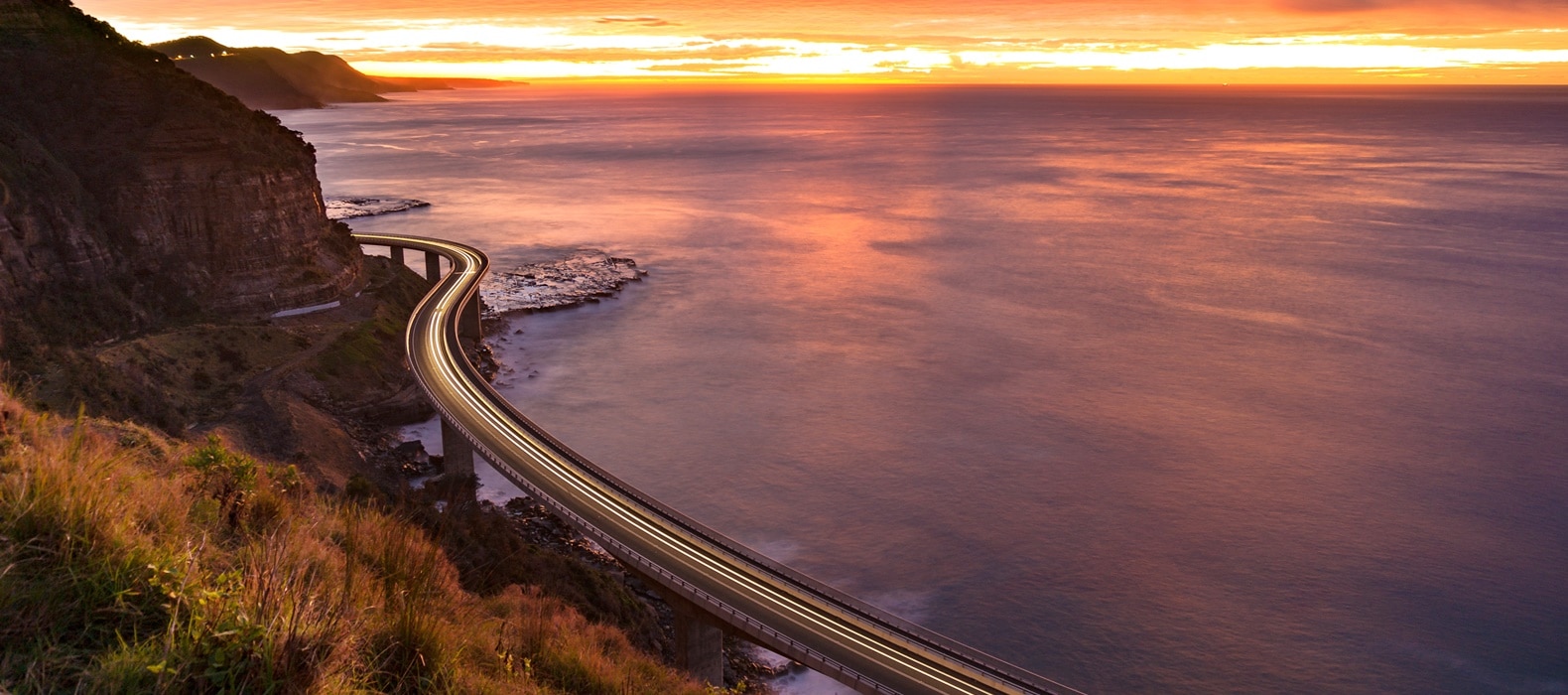
Sea Cliff Bridge on sunrise with moving traffic and dramatic beautiful sky and ocean shore on the background. The Bridge is part of NSW Grand Pacific scenic route
If you want more details on the Bus 4×4 Conversions, please click here to email us or call us on 07 3276 1420.
For a list of our distributors in Australia and overseas, click here.
For the full specifications of Toyota Coaster, click to visit the Toyota Australia website here.

